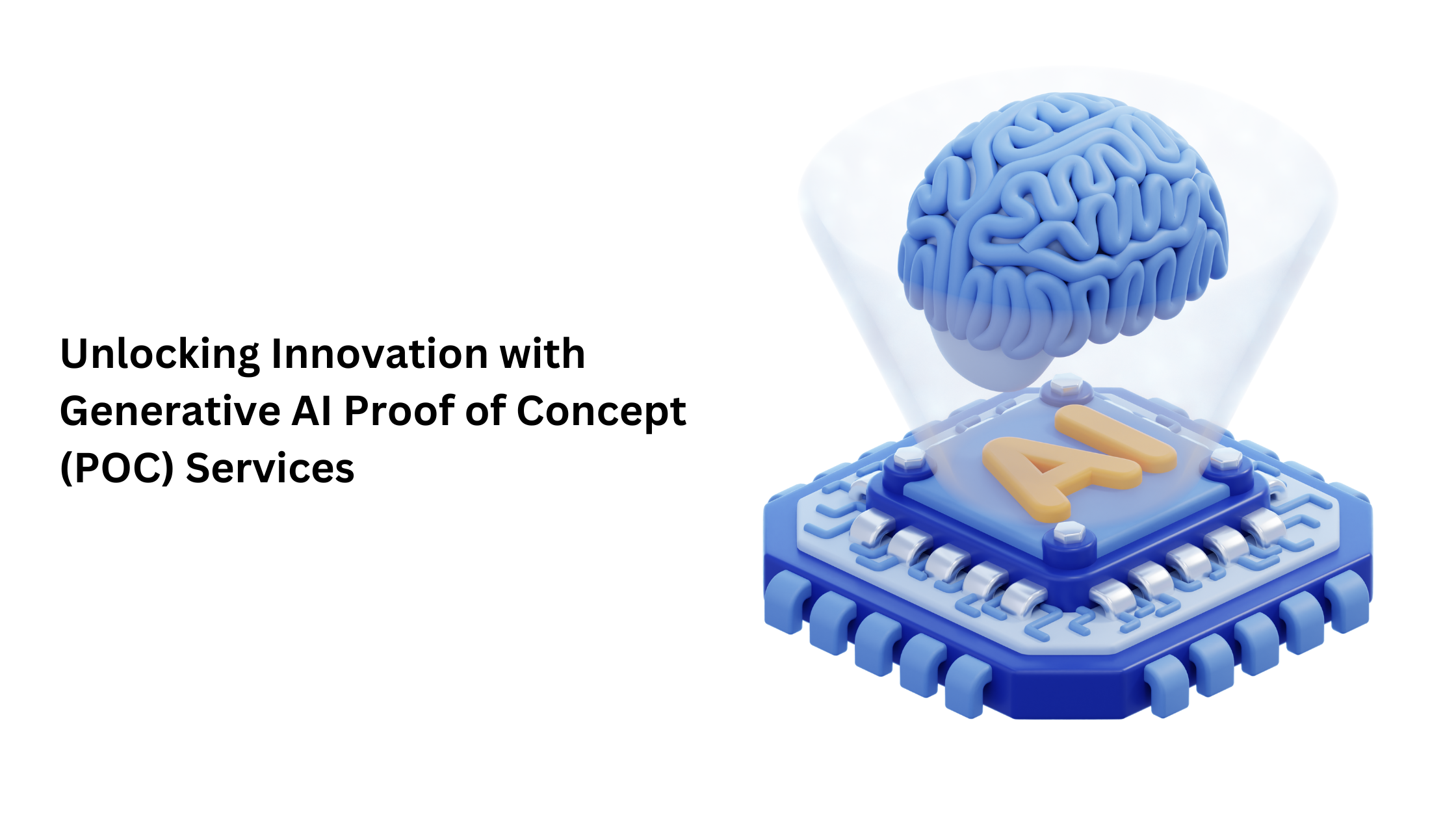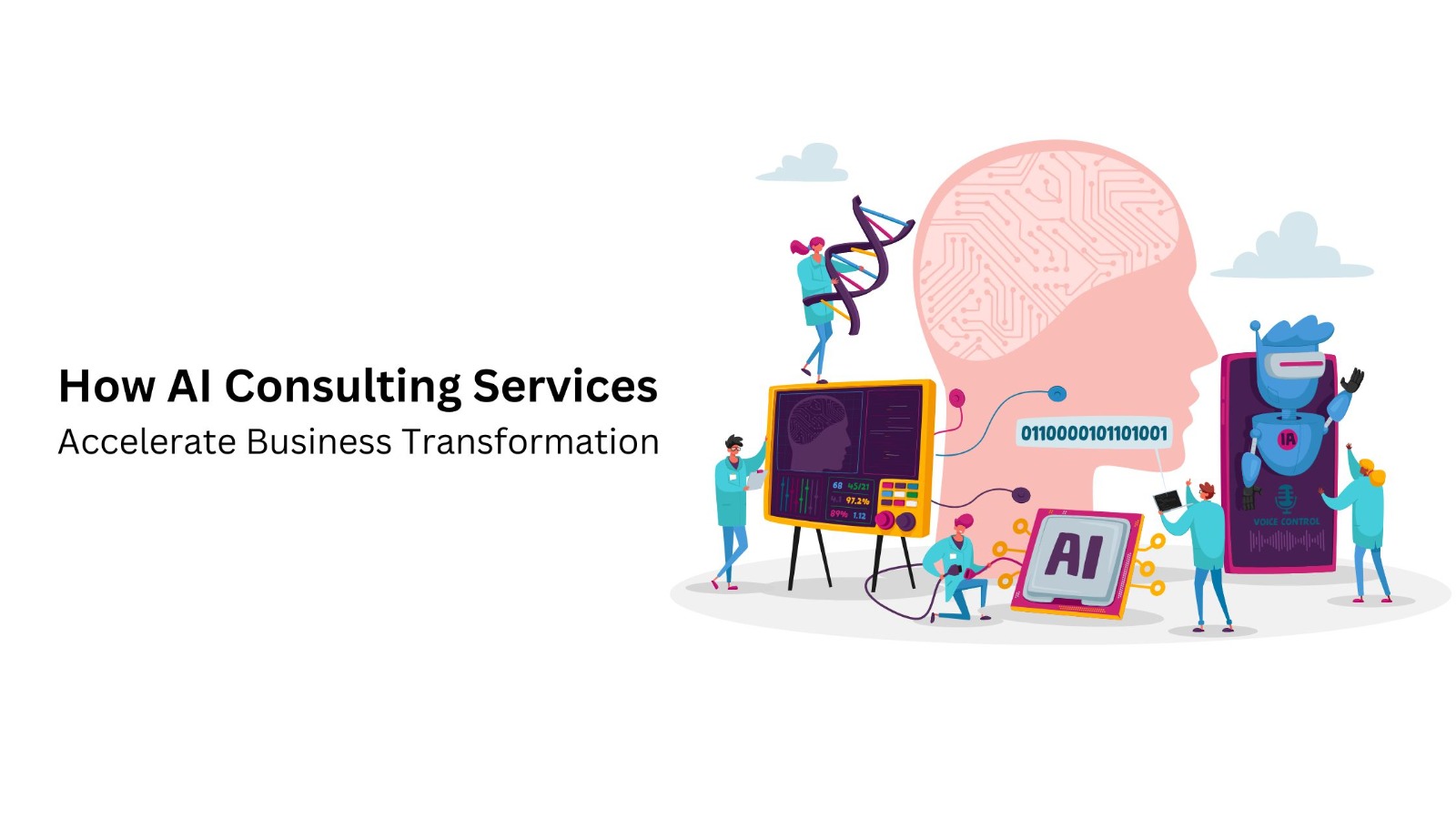What are the Key Components of Conversational AI?

Conversational AI has revolutionized the way businesses interact with their customers, offering personalized and efficient communication solutions. From chatbots to virtual assistants, this technology is transforming industries by automating customer service, enhancing user experiences, and streamlining operations. But what exactly makes up conversational AI? In this article, we’ll explore the key components of conversational AI and how they work together to create seamless, human-like interactions. If you're looking to leverage conversational AI for businesses, understanding these components is essential.
1. Natural Language Processing (NLP)
At the core of conversational AI lies Natural Language Processing (NLP), a branch of artificial intelligence that enables machines to understand, interpret, and respond to human language. NLP breaks down text or speech into smaller components, such as words and phrases, to analyze their meaning and context. This allows conversational AI systems to comprehend user inputs, whether they are typed or spoken, and generate appropriate responses.
NLP involves several sub-components, including:
Tokenization: Splitting text into individual words or tokens.
Sentiment Analysis: Detecting the emotional tone behind a user’s message.
Named Entity Recognition (NER): Identifying and categorizing specific entities like names, dates, or locations.
NLP is what makes it possible for conversational AI to handle complex queries and provide accurate, context-aware responses. For businesses seeking to implement advanced conversational AI solutions, NLP is a critical foundation.
2. Machine Learning (ML)
Machine Learning (ML) is another vital component of conversational AI. It enables systems to learn from data and improve over time without explicit programming. By analyzing vast amounts of conversational data, ML algorithms can identify patterns, predict user intent, and refine responses for better accuracy.
For example, a chatbot powered by ML can learn from past interactions to provide more relevant answers to frequently asked questions. Over time, the system becomes smarter and more efficient, offering a more personalized experience for users. This is particularly valuable for businesses that want to scale their customer support while maintaining high-quality interactions.
If you're exploring artificial intelligence services for your business, integrating ML into your conversational AI strategy can significantly enhance its performance and adaptability.
3. Dialogue Management
Dialogue management is the component responsible for maintaining the flow of a conversation. It ensures that interactions feel natural and coherent, rather than disjointed or repetitive. Dialogue management systems use predefined rules or machine learning models to determine the best response based on the context of the conversation.
For instance, if a user asks, “What’s the weather like today?” followed by “What about tomorrow?”, the system should recognize that the second question is related to the first and provide a relevant response. Effective dialogue management is crucial for creating engaging and meaningful interactions, making it a key element of any conversational AI solution.
4. Speech Recognition and Synthesis
For voice-based conversational AI systems, speech recognition and synthesis are essential components. Speech recognition converts spoken language into text, allowing the system to process and understand user inputs. On the other hand, speech synthesis (or text-to-speech) converts text-based responses into spoken words, enabling the system to communicate verbally.
These technologies are what power virtual assistants like Siri, Alexa, and Google Assistant. They allow users to interact with AI systems using their voice, making the experience more intuitive and accessible. For businesses, integrating speech recognition and synthesis into their conversational AI platforms can open up new avenues for customer engagement.
5. Knowledge Base
A knowledge base is a repository of information that conversational AI systems use to generate responses. It can include FAQs, product details, company policies, and other relevant data. When a user asks a question, the system searches the knowledge base to find the most appropriate answer.
A well-structured and up-to-date knowledge base is crucial for ensuring accurate and helpful responses. For businesses, maintaining a comprehensive knowledge base is a key step in implementing effective conversational AI for businesses. It not only improves customer satisfaction but also reduces the workload on human agents.
6. Integration with Backend Systems
Conversational AI systems often need to interact with backend systems to perform tasks or retrieve information. For example, a chatbot for an e-commerce platform might need to access order history, inventory data, or payment systems to assist customers effectively.
Integration with backend systems allows conversational AI to provide real-time, actionable insights and perform complex tasks like booking appointments, processing payments, or tracking orders. This capability is particularly valuable for businesses looking to automate workflows and enhance operational efficiency through artificial intelligence services.
7. User Interface (UI)
The user interface is the front-end component that enables users to interact with conversational AI systems. It can take various forms, such as a chat window on a website, a mobile app, or a voice-activated device. A well-designed UI is intuitive, user-friendly, and visually appealing, ensuring a positive user experience.
For businesses, investing in a high-quality UI is essential for maximizing the effectiveness of their conversational AI solutions. A seamless interface encourages users to engage with the system, leading to higher satisfaction and better outcomes.
8. Analytics and Feedback Loops
Analytics and feedback loops are critical for continuous improvement. Conversational AI systems collect data on user interactions, including response accuracy, user satisfaction, and common pain points. This data is then analyzed to identify areas for improvement and optimize the system’s performance.
By leveraging analytics, businesses can refine their conversational AI strategies, ensuring that their systems remain effective and relevant over time. Feedback loops also enable systems to learn from mistakes and adapt to changing user needs, making them more resilient and versatile.
Why Conversational AI Matters for Businesses
The adoption of conversational AI is no longer a luxury but a necessity for businesses aiming to stay competitive in today’s digital landscape. By automating customer interactions, reducing response times, and providing personalized experiences, conversational AI can drive customer satisfaction and loyalty. Moreover, it frees up human agents to focus on more complex tasks, improving overall productivity.
If you’re considering implementing conversational AI in your business, partnering with a trusted provider like GlobalNodes can make all the difference. Their expertise in custom artificial intelligence services and conversational AI solutions ensures that you get a tailored, cutting-edge solution that meets your unique needs.
Conclusion
Conversational AI is a powerful tool that combines multiple advanced technologies to create intelligent, human-like interactions. From NLP and machine learning to dialogue management and speech recognition, each component plays a crucial role in delivering seamless and effective communication solutions.
For businesses, investing in conversational AI can lead to significant benefits, including improved customer experiences, streamlined operations, and increased efficiency. To learn more about how conversational AI can transform your business, explore GlobalNodes’ conversational AI solutions and discover the potential of this groundbreaking technology.
By understanding the key components of conversational AI, you can make informed decisions and unlock new opportunities for growth and innovation. Whether you’re looking to enhance customer support, automate workflows, or create engaging user experiences, conversational AI is the key to staying ahead in the digital age.
Note: IndiBlogHub features both user-submitted and editorial content. We do not verify third-party contributions. Read our Disclaimer and Privacy Policyfor details.







